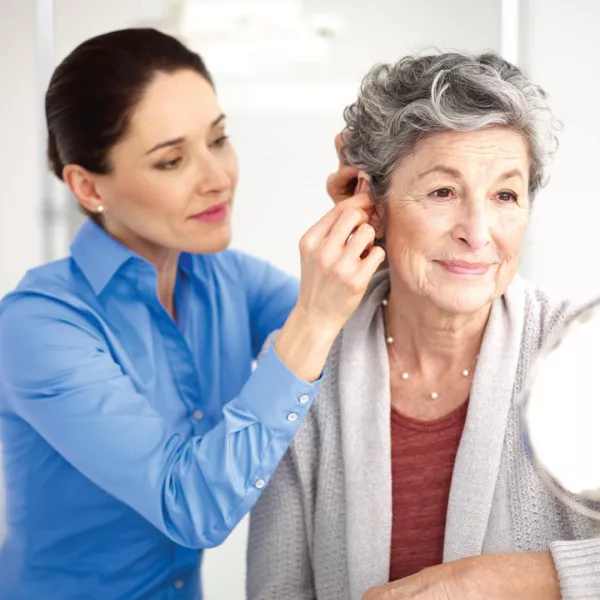The first step in selecting your ideal hearing aid is a comprehensive consultation with our audiologist. During this consultation, we'll discuss your lifestyle, hearing expectations, and personal preferences. We’ll also review any previous experiences you’ve had with hearing aids. By combining your hearing test results and this important information, we can recommend the best digital hearing aid options tailored to your specific needs.
Digital Hearing Aid Prescription & Fitting
Digital Hearing Aid Prescription and Fitting by Expert Audiologists
Our audiologists ensure that your hearing aid is tailored to your specific needs through a comprehensive evaluation process. A well-fitted device enhances comfort and maximizes hearing performance.
Advanced Digital Hearing Aids with Noise Reduction and Speech Enhancement
Digital hearing aids offer features like noise reduction and speech enhancement, providing clear and natural sound. These innovations improve your overall quality of life and ease communication.
Expert Audiologist Guidance for Hearing Aid Selection
Choosing the right hearing aid is essential for addressing your unique hearing needs. Our expert audiologists in Malaysia provide detailed insights and recommendations to help you make the best choice.



